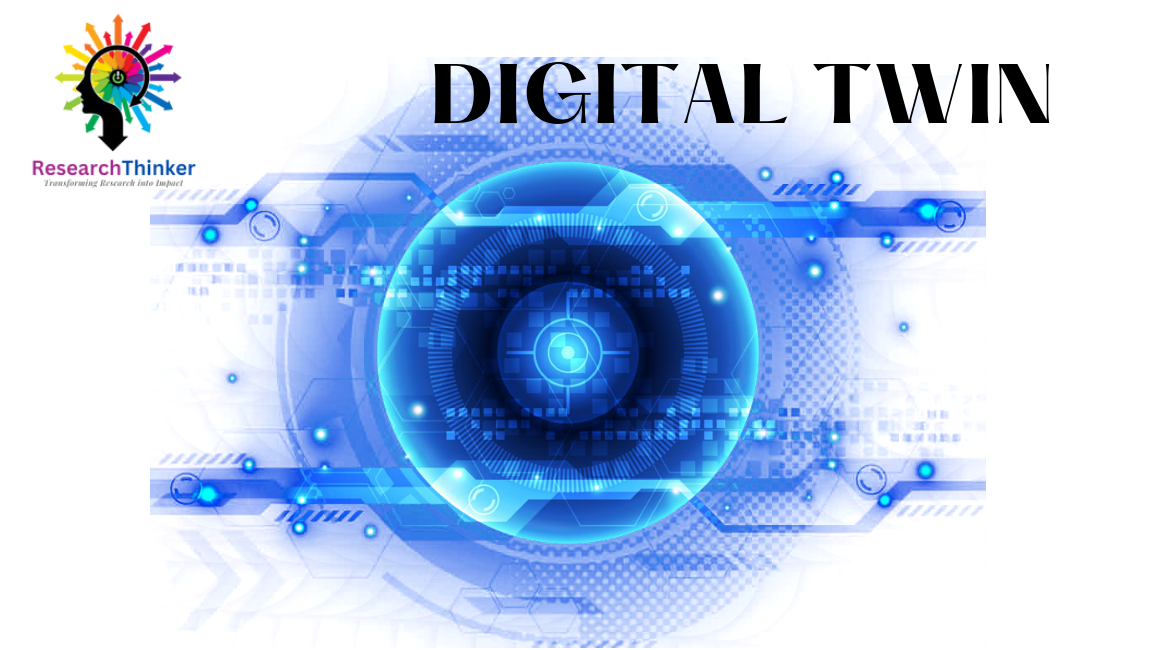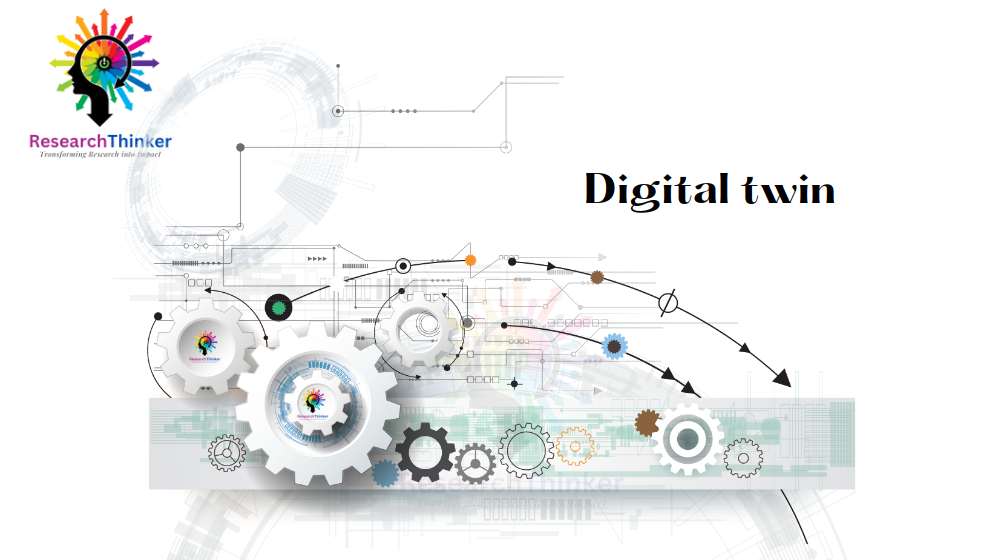These are some ways that digital twins can be helpful in healthcare industries are:
- Personalized Treatment: One of the main benefits of digital twins is that they can be used to create personalized treatment plans for individual patients.
- Improved Diagnosis: Digital twins can be used to create virtual models of organs, tissues, and other biological structures. This can be used to improve the accuracy of diagnosis by allowing doctors to examine detailed.
- Surgical Planning and Training: Digital twins can be used to create virtual models of organs or other parts of the body, which can be used to plan and simulate surgical procedures.
- Predictive Maintenance: Digital twins can be used to predict when medical equipment or devices are likely to fail or need maintenance. This can help healthcare providers reduce downtime and save money on repairs .
- Medical Device Development: Digital twins can be used to simulate the performance of medical devices and optimize their design and functionality.
- Clinical Trial Simulation: Digital twins can be used to simulate the effects of different treatments and interventions in a virtual environment, allowing researchers to test hypotheses and predict outcomes before conducting actual clinical trials.
- Medical Education and Training: Digital twins provide a realistic platform for medical education and training. Medical students and healthcare professionals can practice procedures.
- Continuous Quality Improvement: Digital twins enable real-time monitoring and analysis of healthcare processes to identify areas for improvement.





